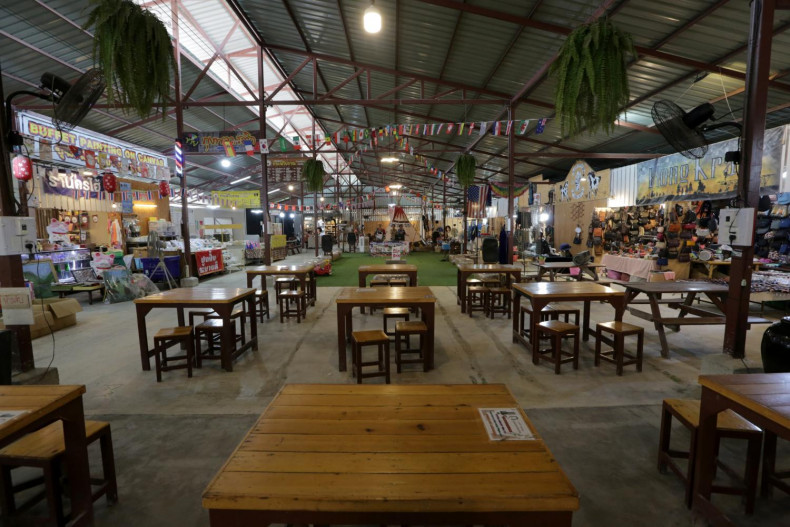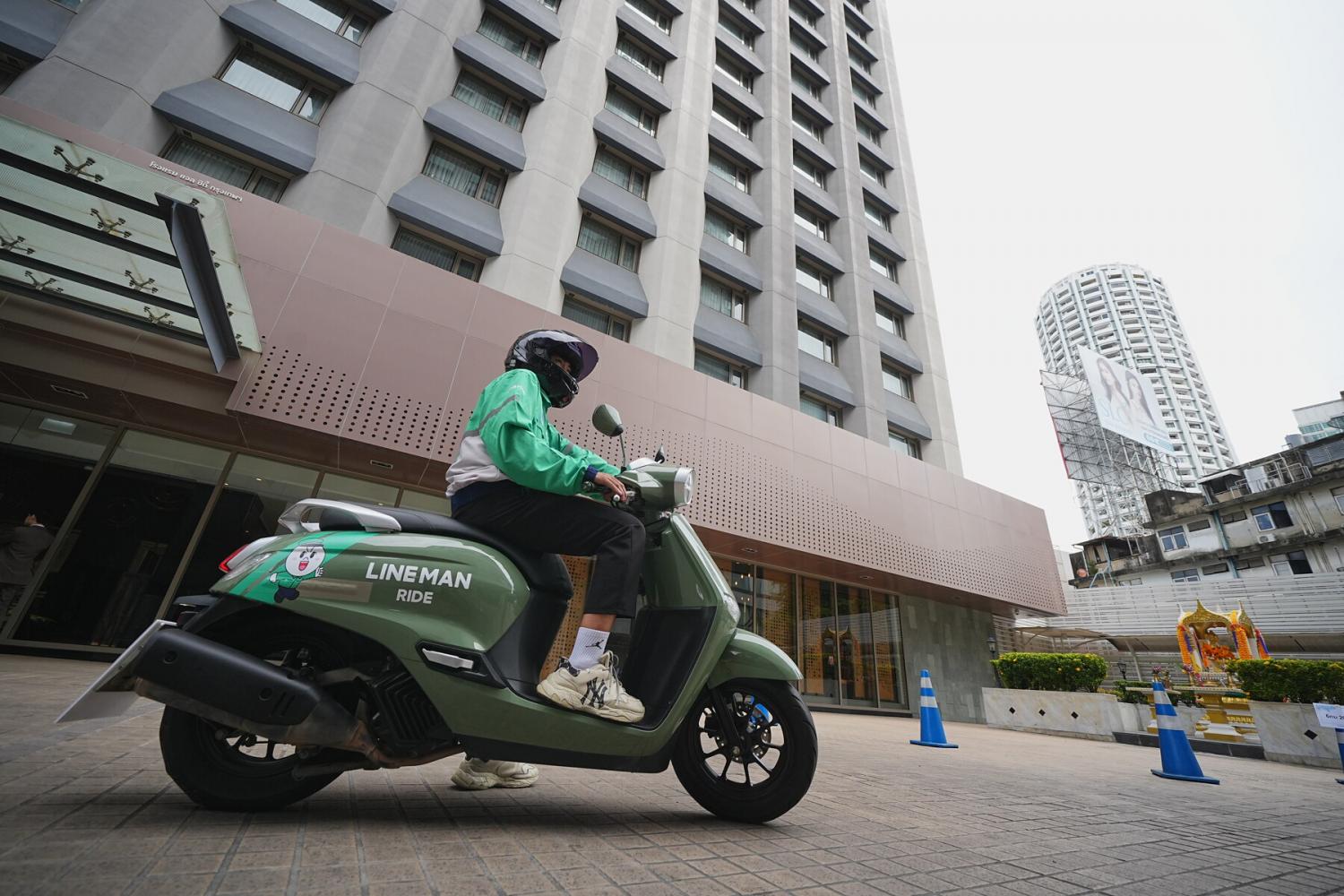Thailand's restaurant industry is facing difficulties and is projected to experience slow growth in 2025, primarily due to the weakening Thai economy, according to the Kasikorn Research Center. The market value is expected to reach 646 billion baht (over 20 billion USD) this year, a 2.8% increase compared to 2024. This figure has been revised down from the previous 4.6% growth forecast.
The Thai Restaurants Association reports that daily revenue for Thai restaurants has decreased by over 50%, with earnings dropping from 50,000 baht to 20,000 baht per month. The number of new restaurant openings has also declined sharply, from around 96,000 in the first half of 2023 to 63,000 in 2024, and further down to 44,000 in the first half of this year. Currently, about 50% of new restaurants close within a year of opening.
Raw material prices have increased by 25%, and labor costs have risen by about 5%. The decline in tourist arrivals, especially from China, known for their significant spending on dining, is believed to have heavily impacted restaurants. Domestically, tightening spending habits are making people hesitant to dine out or order less, and limit visits to high-end restaurants. Chanon Koetcharoen, president of the Thai Restaurants Association, believes this year is even more challenging than the Covid-19 period.
 |
A deserted restaurant in the Taling Chan floating market, Bangkok. Photo: Bangkok Post |
A deserted restaurant in the Taling Chan floating market, Bangkok. Photo: Bangkok Post
While direct sales have fallen, online food delivery services are projected to increase by 29% in 2025, compared to 25% in 2023.
According to Yod Chinsupakul, CEO of Line Man Wongnai, a leading online delivery platform in Thailand, this suggests that online channels can partially offset the decline in direct revenue. Restaurants need to implement digital ordering systems and diverse digital payment methods. Cashless payments have a 32% higher average transaction value than cash payments. The rate of digital payments in Thailand has increased from 36% to 50% in the past two years and is expected to continue rising.
According to Line Man Wongnai, same-store sales via direct channels decreased by 14% year-over-year from 2024 to 2025, compared to a 3% decrease recorded from 2023 to 2024. In a survey of 1,800 participants conducted by Line Man Wongnai, customers are seeking speed and convenience in food services. 72% of customers want diverse ordering channels, while 66% prefer multiple payment methods such as QR codes, credit/debit cards, and e-wallets.
 |
Delivery services are outperforming direct sales channels. Photo: Bangkok Post |
Delivery services are outperforming direct sales channels. Photo: Bangkok Post
"The Thai food service industry is at a crossroads. By embracing technology, focusing on scalable business models, improving financial data management, and ensuring appropriate government support, new restaurant owners can navigate the current challenges," Yod said.
While restaurant sales are declining, the beverage industry, particularly coffee, is experiencing growth, especially in the segment priced under 100 baht (80,000 VND) per bill. This segment has become the fastest-growing market, with sales increasing by 46% in Bangkok and 19% in other provinces.
Although the number of new coffee shop openings has decreased from 7,000 in the first half of 2024 to 5,000, coffee businesses show a higher first-year survival rate compared to restaurants in general. The first-year closure rate for coffee shops is 43%, compared to 50% for restaurants. The matcha market is also continuing to expand, with existing matcha shops seeing a 28% increase in sales.
Tam Anh (Bangkok Post)












